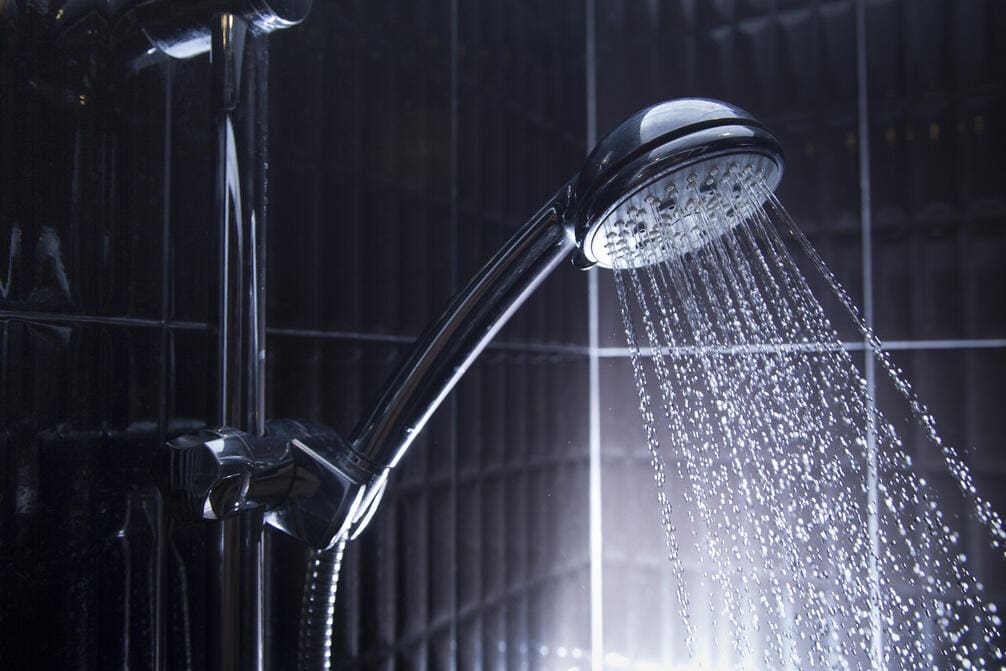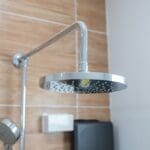Imagine stepping into a shower that envelops you in a cascade of water from not one, but two shower heads, transforming your daily routine into a spa-like experience. You’ve likely seen this luxurious setup in high-end hotels or lavish homes and thought it was beyond reach.
However, with a bit of know-how and the right tools, adding a second shower head to your bathroom is simpler than you might think. You’ll need to start by determining the type of shower head that suits your preferences and ensuring your plumbing can handle the upgrade. From there, the process involves choosing the right fixtures, adjusting your water supply, and making some strategic installations.
While the task requires attention to detail, it’s a project that can significantly enhance your showering experience. To ensure success, you’ll want to follow a straightforward, step-by-step approach that covers everything from initial assessment to final adjustments.
Let’s explore how you can achieve this upgrade, ensuring both comfort and functionality in your bathroom.
Key Takeaways
- Assess your plumbing and water pressure before adding a second shower head.
- Choose the right shower head type and consider water flow management.
- Properly install a diverter valve to control water flow between shower heads.
- Test and adjust flow to ensure optimal temperature and water usage.
Assess Your Plumbing
Before adding a second shower head, it’s crucial to assess your plumbing to ensure it can handle the increased demand. First, you need to check the source of your water. If you’re relying on a well, remember, it might’ve a limited water supply, which could affect your ability to run multiple shower heads simultaneously.
Next, consider the water pressure. Adding a second shower head could reduce the pressure, making for a less satisfying shower experience.
Your internal plumbing plays a significant role here. The pipes must be the right size to maintain both water volume and pressure when you install two shower heads. If you’re pondering over a dual shower head or a separate second shower head controlled by its valve, this decision impacts the type of diverter valve you’ll need and whether your existing shower head’s water supply pipe can manage the job.
For those inclined towards a DIY project, understanding these plumbing basics is key. Deciding between adding a second shower valve for a completely independent shower head or opting for a simpler setup with a diverter to switch between heads can make or break your project.
Ensure you’re well-informed to make the best choice for your bathroom renovation.
Choose the Right Shower Head
After assessing your plumbing, it’s crucial to carefully choose the right shower head that suits your needs and preferences. Considering the type of shower you desire, whether it’s a soothing rainfall shower head or a versatile handheld shower head, plays a significant role in your decision. If you’re leaning towards flexibility, a removable shower head might be your best pick, allowing you to direct the water flows exactly where you need them.
When installing a dual shower, you must also think about how the flow of water will be managed. Diverter valves are essential in this setup, as they enable you to switch between shower heads or use both simultaneously without a hitch. This ensures that the shower heads’ temperature remains consistent, providing a comfortable experience.
Moreover, the choice between a dual shower head unit or adding a second, separately controlled shower head depends on your preference for convenience versus control. Each setup has its merits, but it’s vital to consider how it impacts the water pressure and the overall flow of water.
Install the Diverter Valve
To start installing a diverter valve, first ensure you’ve turned off the water supply to your shower. This step is crucial to avoid any unwanted water mess during the installation process.
Next, remove the existing shower head from the shower arm to make room for the new diverter valve. It’s a simple yet essential step in adding a second shower head to your bathroom.
Once the original shower head is off, grab your plumbers tape. Apply it carefully around the threads of the diverter valve. This tape is key to preventing any leaks once you install dual shower heads.
After wrapping the tape, screw the diverter valve onto the shower arm. Ensure it’s tight and secure to handle the pressure of a new water line.
This diverter valve is your gateway to a DIY dual shower head system. It allows for shower arms connecting both the original and the second shower head. With this setup, you can easily switch water flow between the two heads or use them simultaneously, enhancing your shower experience.
Connect the Second Shower Head
Having installed the diverter valve, you’re now ready to tackle the next step: connecting the second shower head.
First, decide if you’re adding a dual shower head unit or a new shower head controlled by a separate valve. For the latter, you might need a professional to adjust your plumbing lines.
Next, mount the second shower head. If it’s a handheld type, use a hand shower bracket or a shower wand holder. For a sturdy installation, use a stud finder and a tile and glass drill bit. Alternatively, a suction cup holder offers a no-drill option. Ensure the pipe connector and the second shower head match in size to avoid water pressure issues.
Wrap the threads of the pipe connector with plumbers tape to prevent leaks. Then, screw on the new shower head, securing it firmly. If you’re using two shower heads, the diverter valve you’ve installed will allow you to switch between them effortlessly.
This DIY project enhances your shower experience, offering flexibility and convenience. Remember, correct installation ensures optimal function and avoids water wastage.
Test and Adjust Flow
Once both shower heads are installed, turn them on to check and adjust the water flow for optimal performance. This step ensures that your shower experience is exactly how you want it, whether you’re using the main shower head, the second mobile shower head, or both simultaneously. Here’s how to test and adjust the flow:
- Turn on Both Shower Heads: Start by turning on both shower heads to evaluate the initial water flow and pressure. If the pressure doesn’t feel adequate when both are running, adjustments may be needed.
- Adjust Individual Flow: Use the flow control valve on each shower head or adjust the water pressure at the main supply to fine-tune the flow rate of each head individually.
- Balance the Flow: If you’re using two shower heads simultaneously, you’ll want to ensure the flow feels balanced. Adjust the flow control valves or water pressure accordingly.
- Consider Your Water Heater: Using two shower heads increases water usage, which can affect the temperature, especially in the mornings. Ensure your water heater can handle the demand to maintain a comfortable temperature.
Frequently Asked Questions
Can You Add a Second Shower Head to an Existing Shower?
Yes, you can add a second shower head to an existing shower, but you’ll need to consider your water supply, pressure, and pipe size. Decide between a dual head or separate valve for control.
Can You Run Two Shower Heads off One Valve?
Yes, you can run two shower heads off one valve, but it’s crucial to consider your water pressure and pipe size. You’ll experience a pressure drop, so ensure your system can handle it.
What Valve Do I Need for 2 Shower Heads?
You’ll need a diverter valve for 2 shower heads, allowing you to switch flow between them or use both simultaneously. It’s essential for managing water pressure and temperature control for both heads efficiently.
How Much Does It Cost to Install a Second Shower Head?
You’re likely looking at an expense between $100 to $500 for adding a second shower head, depending on the model and whether you’ll need professional help for installation or can do it yourself.





